ハンス・ホフマン (1880-1966)



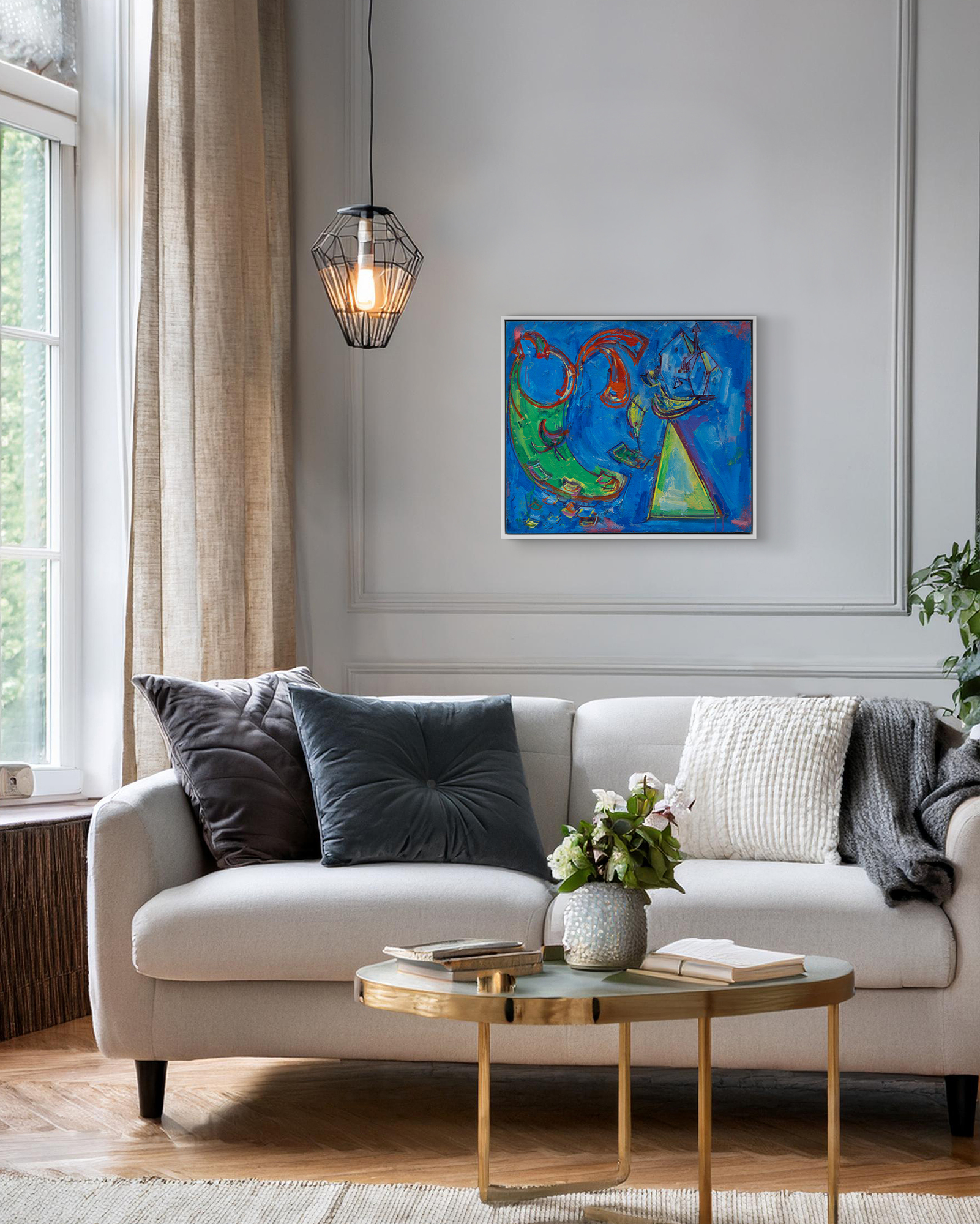

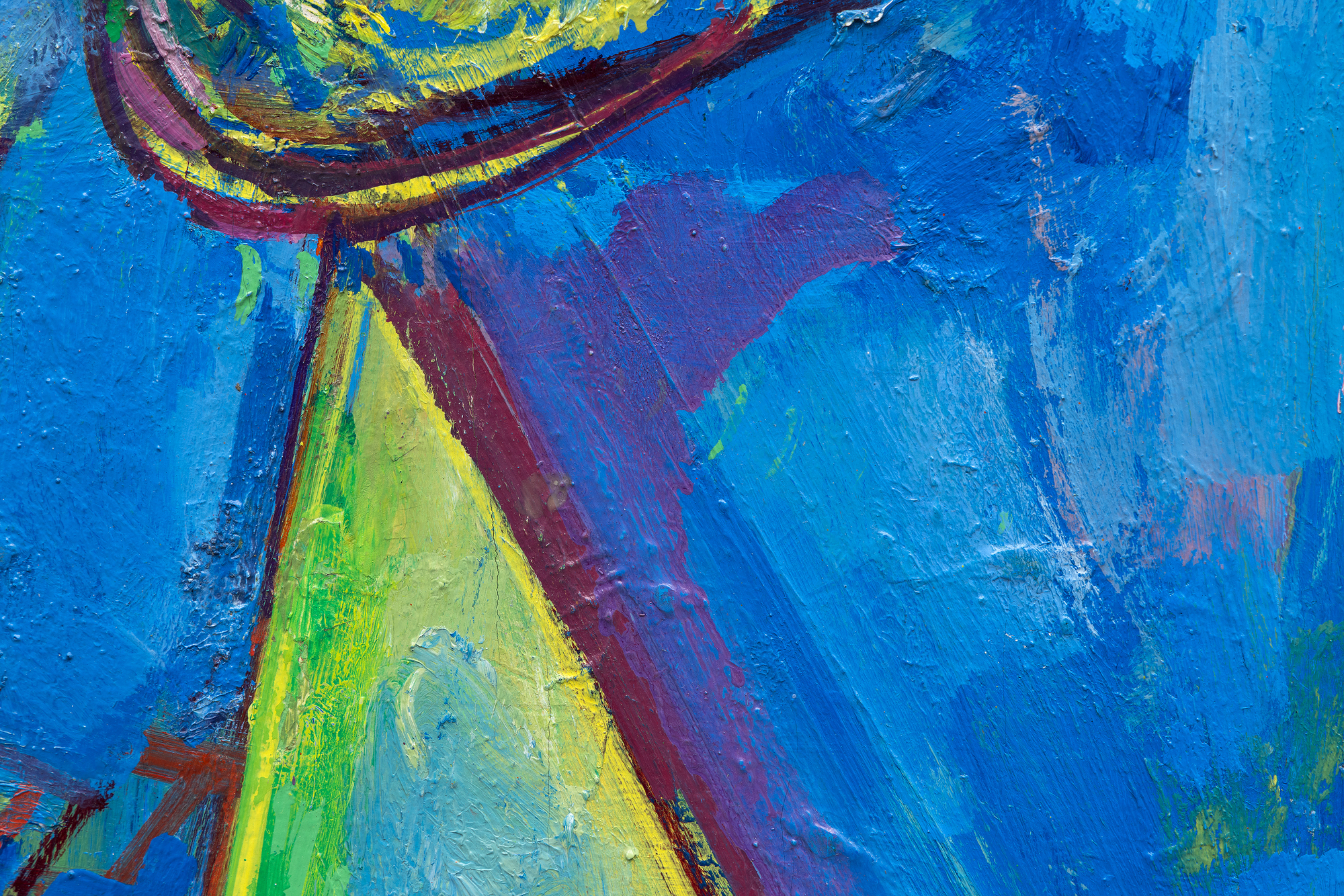
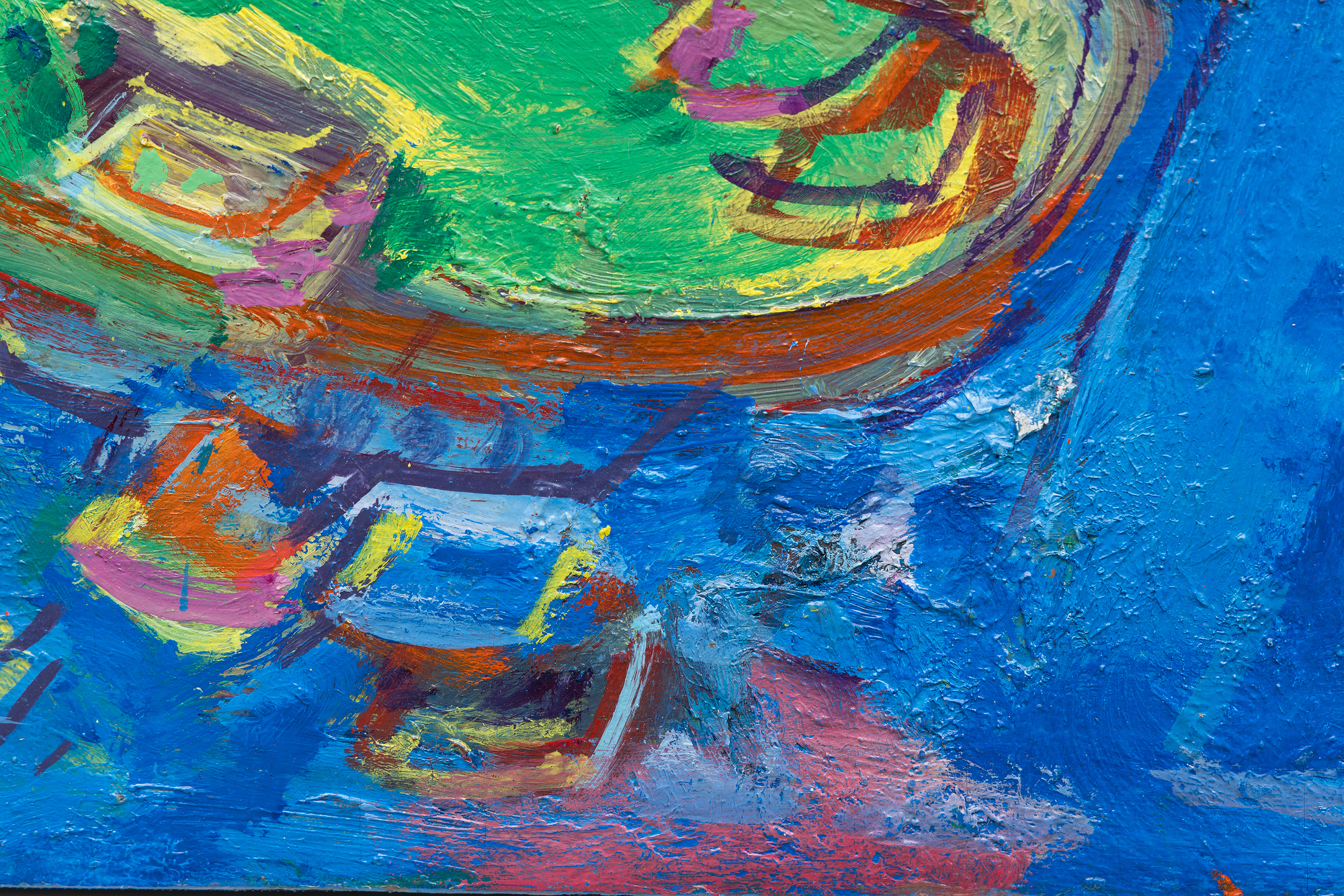
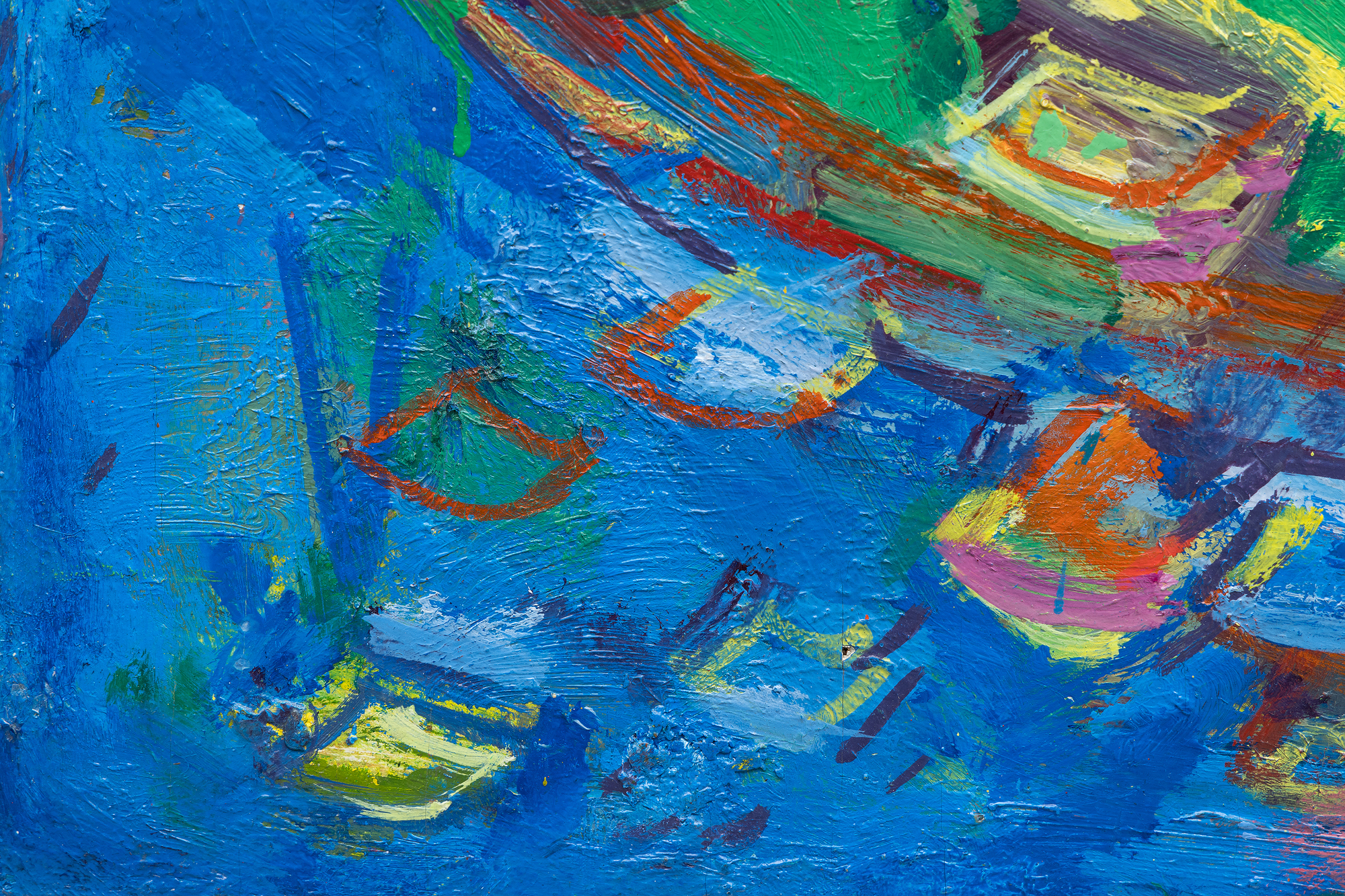
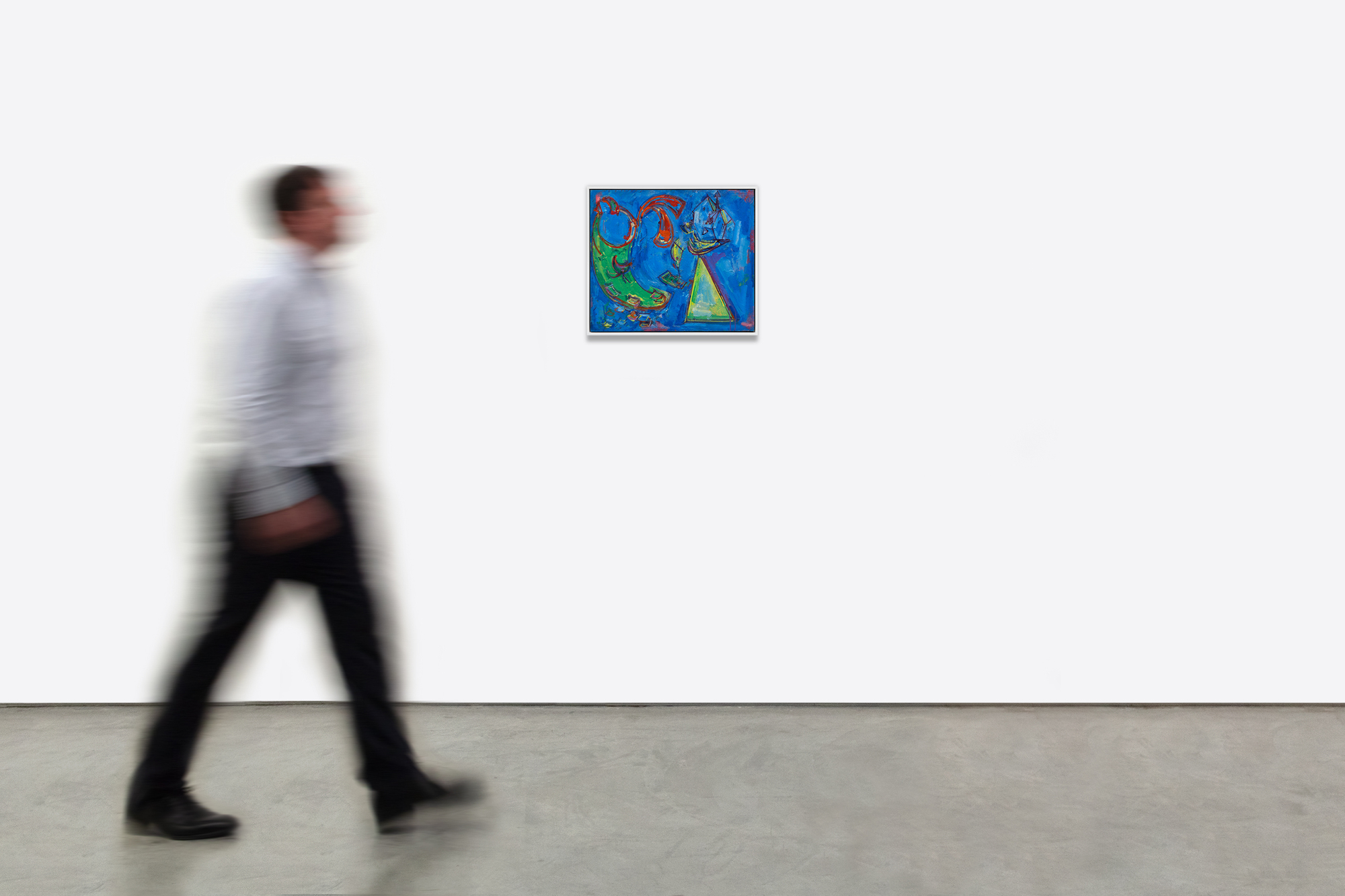
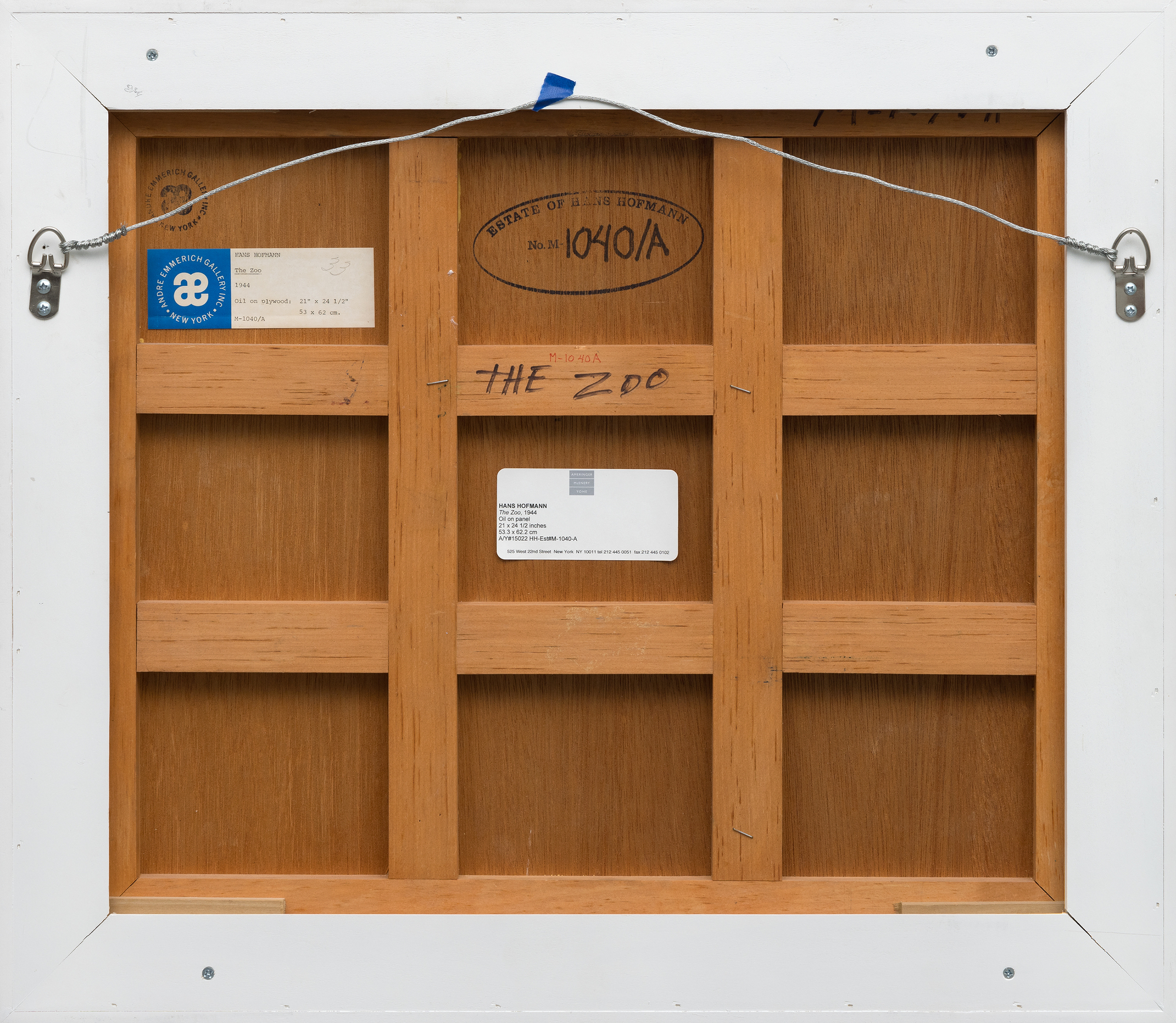
出所
アーティスト・コレクションレナート、ハンス&マリア・ホフマン信託、ニューヨーク、ニューヨーク
アメリンガー|マッケンリー|ヨーエ(ニューヨーク、ニューヨーク
プライベート・コレクション(ニュージャージー州
展示会
ニューヨーク、ニューヨーク、アメリンガー|マッケンリー|ヨーエ、ハンス・ホフマン:夏の写真:絵画と紙作品 2010年12月9日~2011年1月29日文学
Ameringer | McEnery | Yohe, Hans Hofmann: Pictures of Summer:Paintings & Works on Paper, "Art in America", 展覧会告知, ニューヨーク, ニューヨーク, 2010, p. 11 (illustrated in color)アメリンジャー|マッケナリー ...もっとその。。。| ハンス・ホフマン:夏の絵:Painting & Works on Paper, "ARTnews", 109, no. 11, 展覧会告知, ニューヨーク, ニューヨーク, 2010, 裏表紙(カラー図版あり)
Suzi Villiger, Hans Hofmann: Catalogue raisonne of painting, volume II, Surrey, 2014, HH cat.351-1944, p. 279 (カラー図版)
...少ない。。。 価格380,000
シュルレアリスムのオートマティスムやジョアン・ミロの生物形態学的フォルムから多大な影響を受け、有機的な形と大胆な色彩は、抽象と具象の境界を曖昧にし、生命を脈打たせるかのようだ。しかし、ミロの繊細な夢幻画とは異なり、ホフマンの筆致には筋肉質なエネルギーが感じられ、彼の特徴であるジェスチャー的なスタイルで構図を構成している。
The Zooは、自発性と意図的な構図の選択のバランスをとるホフマンの能力を反映している。その結果、彼のキャリアの中でも極めて重要な時期であるこの時期に、世界の視覚的な複雑さと抽象画の無限の創造的自由を讃える、活気に満ちた喜びに満ちた作品となった。


